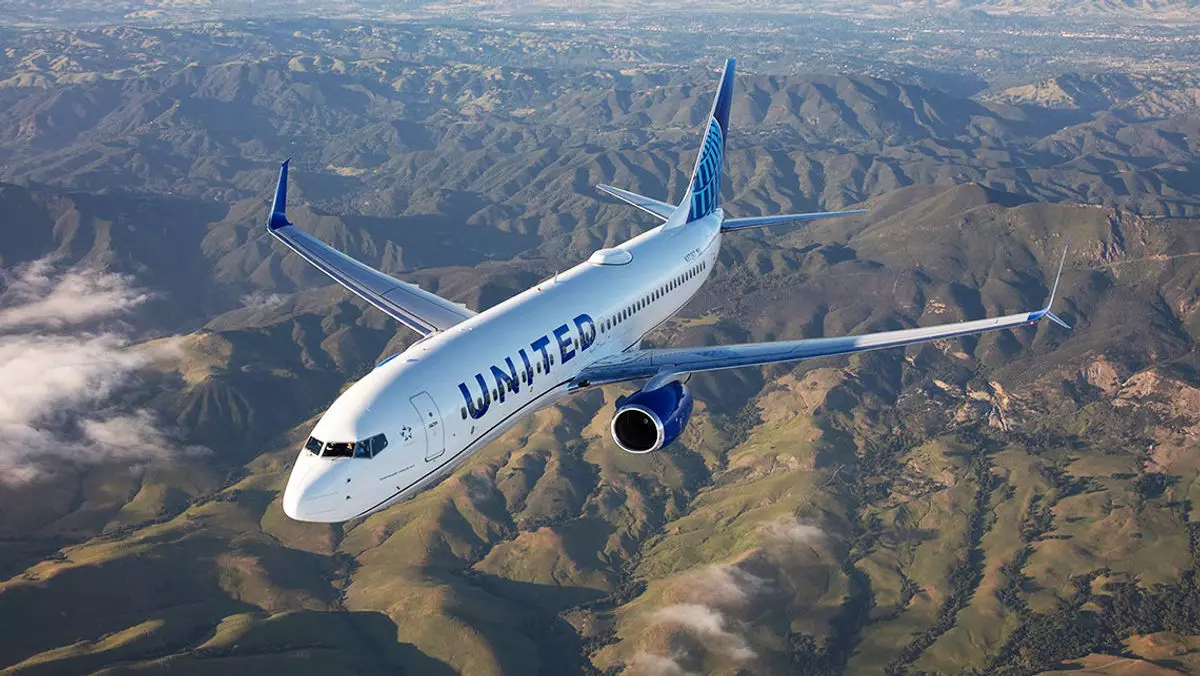United Airlines is making significant strides in the global aviation landscape by announcing an exciting expansion to its international route map for the summer of 2024. In a bold move that signifies a shift towards more unique and lesser-explored destinations, the airline will introduce eight new routes, marking a historic first for U.S. airline service to both Greenland and Mongolia. This strategy, as articulated by Patrick Quayle, United’s senior vice president of global network planning, revolves around curating “lifestyle in the moment experiences” for travelers, aiming to transport them to places that promise rich cultural engagement and adventure.
The variety in the new destinations includes Nuuk, Greenland; Ulaanbaatar, Mongolia; Kaohsiung, Taiwan; Faro and Madeira in Portugal; Bilbao, Spain; Palermo, Sicily; and Dakar, Senegal. Among these, only Dakar is currently serviced by a U.S. airline, served by Delta. Meanwhile, Palermo garners attention for having limited service originating in New York from the leisure airline Neos. United’s plans to fly to five of the eight newly additions from Newark indicates a strategic focus on expanding service into Europe while also enhancing connectivity to Asia from its Tokyo hub.
As part of the newly identified offerings, it’s worth noting that most routes are seasonal, reflecting a thoughtful response to fluctuating demand patterns. The strategic decision to maintain daily service to Kaohsiung and a year-round schedule to Dakar contrasts with the seasonal routes to other destinations, allowing United to cater specifically to both leisure and business travelers. The focus on Tokyo-Kaohsiung primarily targets business travelers who may presently endure an arduous journey via Taipei before reaching their final destination.
The rationale behind this route expansion is astute: the evolving travel landscape post-pandemic has created fresh opportunities, particularly with the elimination of many direct flight options to certain regions due to decreased flights between the U.S. and China. Ulaanbaatar, for example, now finds itself more accessible to American travelers seeking to explore Mongolia, a locale that has not typically been on the radar for U.S. tourists.
The forthcoming service to Nuuk is particularly noteworthy as it aligns with substantial infrastructure enhancements at Nuuk Airport, which is preparing to accommodate the Boeing 737 Max 8 aircraft. This move symbolizes a crucial investment in Greenland’s aviation capabilities and marks a pivotal moment for United Airlines, which aims to tap into the surge in tourist interest in the Arctic region. The expansion of airport facilities in Nuuk, including a runway extension and a new terminal scheduled to open later this month, underscores a commitment to developing remote destinations that offer unique cultural experiences.
United’s deployment of Max aircraft on various routes signals not only an upgrade in operational capabilities but also an investment in technology that enhances fuel efficiency and passenger comfort. An emphasis on modern fleets might also serve as a competitive edge over airlines that utilize older models.
What makes United Airlines’ new routes particularly compelling is their alignment with a broader trend among U.S. travelers seeking off-the-beaten-path experiences. Quayle’s comments hint at a growing market for unique travel routes that add value to the flying experience, beyond traditional sun-and-sand destinations. In recent years, United has successfully introduced international locations that would not typically make the list of tourist hotspots for American travelers, such as Cape Town and the Azores.
The addition of more exotic options like Marrakech and Cebu speaks to a clear strategy aimed at diversifying offerings that resonate with a broader customer demographic. By differentiating its service with these unusual routes, United is not only expanding its network but is also likely to enrich its brand identity as a pioneering airline willing to explore uncharted territories.
United Airlines’ ambitious expansion reflects a forward-thinking approach that merges customer demand for unique travel experiences with strategic operational decisions. By introducing these new international routes, particularly to lesser-known destinations, the airline is positioning itself for growth in a challenging industry landscape. As travelers increasingly seek novel adventures, United’s commitment to expanding its global footprint with these distinctive offerings may very well set the stage for a successful summer season and beyond.


Leave a Reply